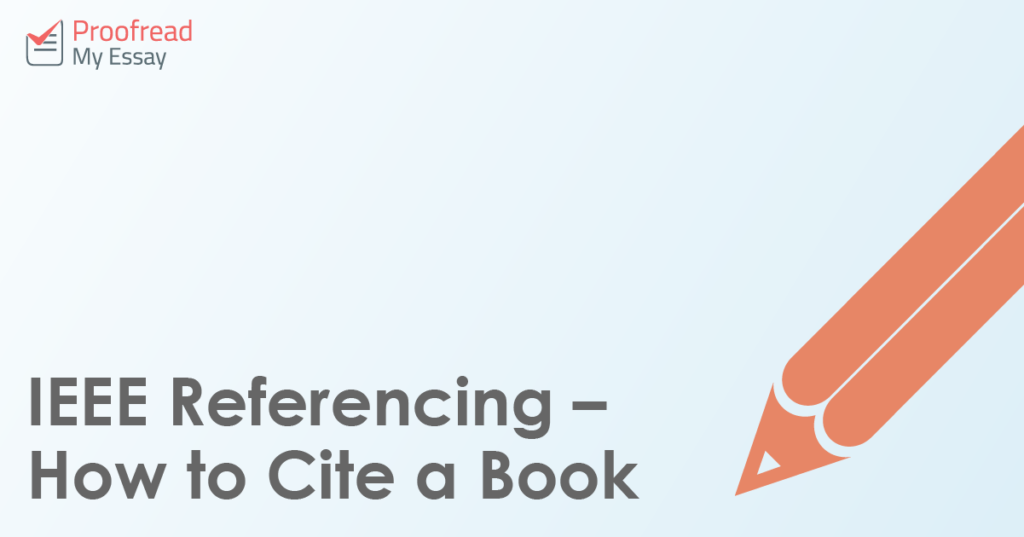IEEE referencing, named for the Institute of Electrical and Electronics Engineers, is widely used for citing sources in engineering papers and journals. But how do you cite a book with this system?
In this post, we take you through the basics of in-text citations and the reference list.
In-Text Citations
IEEE uses a numeric system to cite sources. This means giving a number in square brackets to indicate an entry in a reference list, with sources numbered in the order you cite them:
Application of electricity stimulated activity in the organic tissue [1].
The number here, for example, shows the reader that we’re citing the first source in the reference list. If we were then to cite the same source again, we would use the same number as we did the first time.
As shown above, the citation will typically go at the end of the clause. However, if the author is named in the text, the citation should come immediately afterwards:
Examining the study by Frankenstein [1], we see interesting results.
In addition, IEEE lets you give a citation in place of a name or title:
Examining [1], we see interesting results.
Find this useful?
Subscribe to our newsletter and get writing tips from our editors straight to your inbox.
Finally, were we quoting a book directly, we would also give a page number:
He described seeing the ‘dull yellow eye of the creature open’ [1, p. 286].
Here, for instance, we’re quoting page 286 of the book we’re citing.
Reference List
In the reference list at the end of your document, all sources should be listed in the order they are first cited. If you cite a book, the format to use in the reference list is as follows:
[#] INITIAL(S) Surname, Book Title, edition (if not the first), volume (if multivolume work). Place of publication: Publisher, year.
In practice, then, an IEEE book reference would look like this:
[1] V. Frankenstein, Examining Novel Uses of Electricity in a Medical Setting: An Experimental Study. Geneva: Shelley Inc., 1816.
Note the small hanging indent (roughly 0.5cm) on each line after the first.
